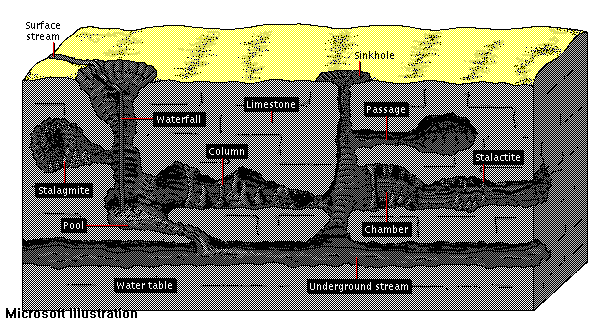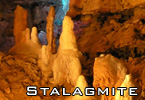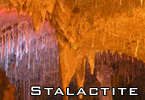|
|
 |
|
Some facts about cavernsˇˇ
|
 |
|
Introduction
We explore cave for many reasons,
but mainly for sport or scientific study. The sport caver has been known as a spelunker, but most cave explores prefer to
be called "CAVERS". Speleology is the scientific study of the cave enviroment. One who studies cave and their enviroments
is referred to as a speleologist.
Whether you are a beginner or an experienced caver, these guidelines
introduce you to the basics of responsible caving.These basics help preserve the cave enviroment, strengthen caver-landowner
relations and make your visit to a cave a cafe one. Our goal is how to take care of the cave yourself and partners.

|
 |
Formation of Caves
A cave is a natural void under the earth`s surface, and most
caves are formed in soluble rock,usually "LIMESTONE". A solution cave is forned when the rock is dissolved by slighty acidic
water. Cave are also formed in lava by volcanic processesm, and these caves are called "lava tubes".
Cave are some of the most spectacular example of the combined effects
of weathering and erosion groundwater. A cavern is a very large cave or a system of interconnected caves, both are
resulted of the dissolution of carbonate rocks.

Observe an animation of Cave formation at..
http://www.classzone.com/books/earth_science/terc/content/visualizations/es1405/es1405page01.cfm?chapter_no=visualization
|
 |
 |
 |
|
Speleothems
Water containing dissolved minerals seeps
through the rockm creating formationsm or "Speleothems", on the floors,ceilings and walls of caves. Most these speleothems
are composed of crystals of calcite or gypsum,but they often incorporate other minerals that impactcolors. These
speleothems are:Stalactites,Stalagmites,Flowstones,Colunms,draperies,Helectites and rimstones these speleothems grow
slowly,sometimes for thousands of years to form,that's why take special care to avoid damaging speleothems OK?


|
|
 |
 |
 |
|
Cave Life
What Lives Underground?
Some scientists are interested in cave ecology and how cave
animals interact with cave microclimates. Animals found in caves include everything from surface dwelling animals like
raccoons that occasionally use the cave, to animals that have adapted exclusively to life in the cave (troglobites) .
Troglobites cannot survive outside caves. These may include such diverse animals as eyeless fish and crayfish, cave beetles,
flatworms, and other unusual types of insects. Many of these animals have lost body pigmentation and are white or transparent
in color.
Many animals, such as bats, cave crickets, and pack rats, regularly visit, raise their young,
or hibernate in caves. These animals are called trogloxenes . These animals return to the surface to feed.


|
|
|
|
------------------------------------------------------------------------------------
This page has been created and
developed by Pedro L. Benitez
Copyright © 2006 - All
rights reserved
Vallemi - Paraguay
-------------------------------------------------------------------- |
|
|
|
|
|
 |

